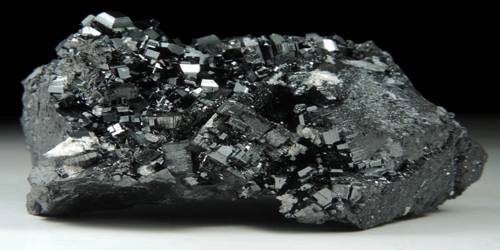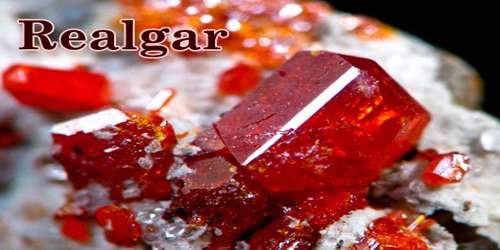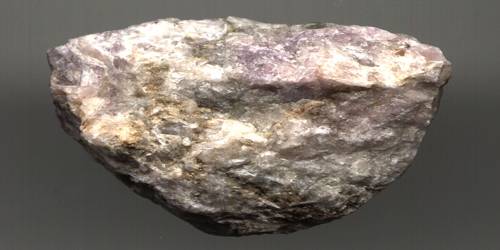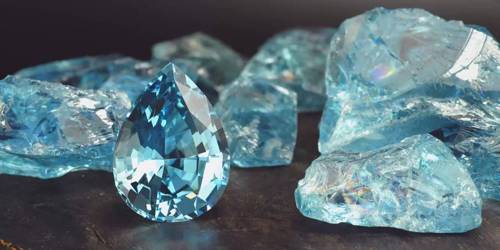Braunite is a silicate mineral containing both di- and tri-valent manganese with the chemical formula: Mn2+Mn3+6[O8|SiO4]. It was named after Wilhelm von Braun, an Advisor of the Chambers, in Gotha, Germany. He was also a supporter of geology and mineralogy and provided the original material for the description of braunite. Common impurities include iron, calcium, boron, barium, titanium, aluminum, and magnesium.
Braunite forms grey/black tetragonal crystals and has a Mohs hardness of 6 – 6.5. A calcium iron bearing variant, named braunite II (formula: Ca(Mn3+, Fe3+)14SiO24), was discovered and described in 1967 from Kalahari, Cape Province, South Africa.
It was named after the Wilhelm von Braun (1790–1872) of Gotha, Thuringia, Germany.
General Information
- Category: Nesosilicates
- Formula: Mn2+Mn3+6[O8|SiO4]
- Crystal system: Tetragonal
- Crystal class: Ditetragonal dipyramidal (4/mmm)
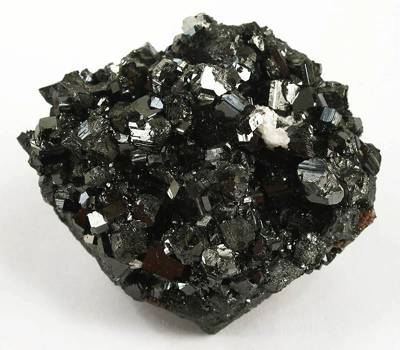
Properties
Braunite can be identified in the field by its color variations between grayish black, brownish gray, and dark brownish black. Its opaque form has {111} perfect cleavage. This mineral has a sub-metallic luster with a brownish gray-black streak. The fracture of this mineral is brittle. The density of braunite is 4.72 – 4.82 g/cm3 with a hardness of 6-6.5 – between that of orthoclase and pyrite.
- Color: brownish black, steel-grey
- Cleavage: {112} perfect
- Mohs scale hardness: 6- 6 1⁄2
- Luster: sub-metallic
- Streak: black
- Diaphaneity: opaque
- Specific gravity: 4.72 – 4.83
Occurrence
Braunite occurs by metamorphism of manganese silicates and oxides, and also as a product of weathering. It is often associated with minerals such as pyrolusite, hausmannite, bixbyite, rhodonite, jacobsite, spessartine, and hematite.
Information Source;
